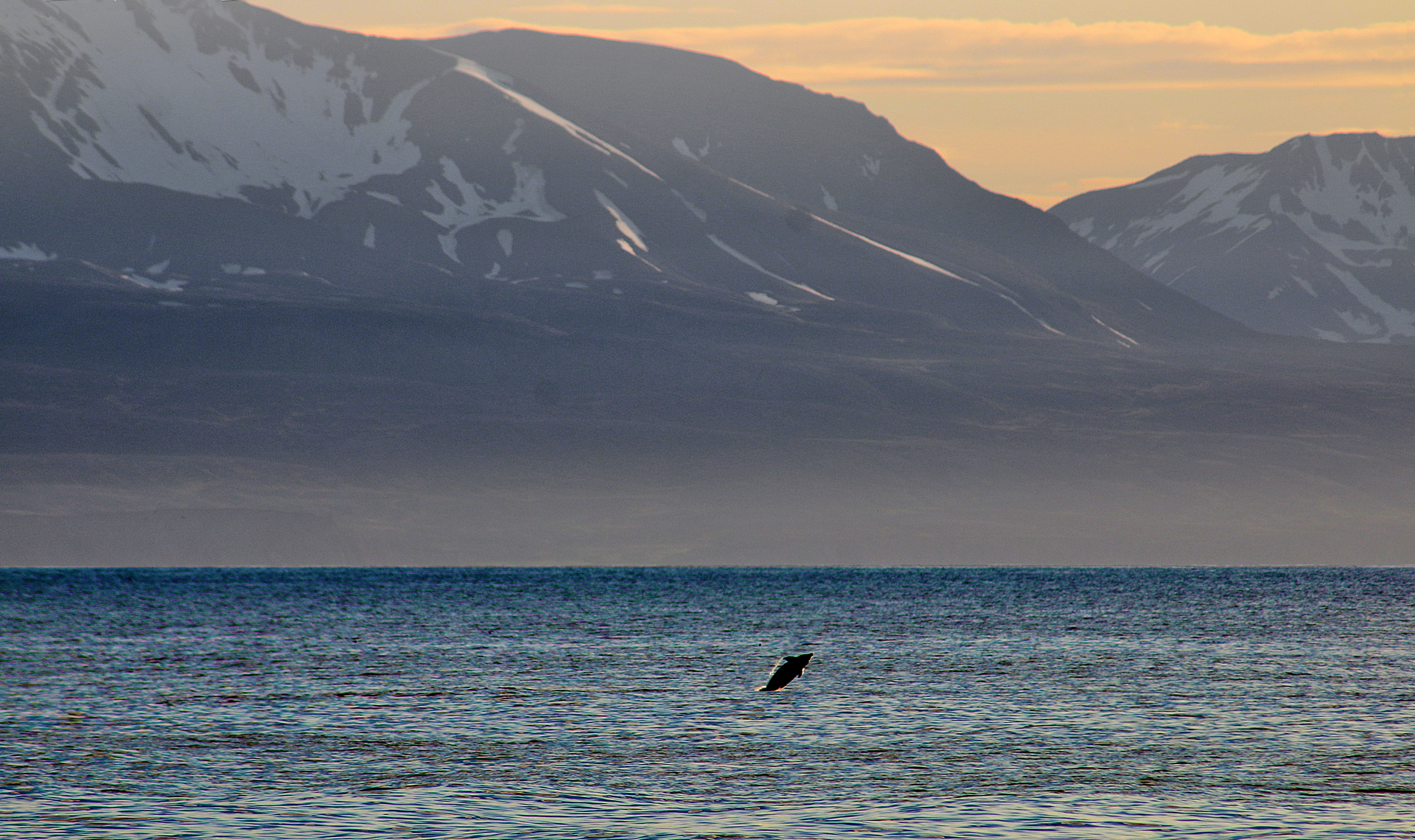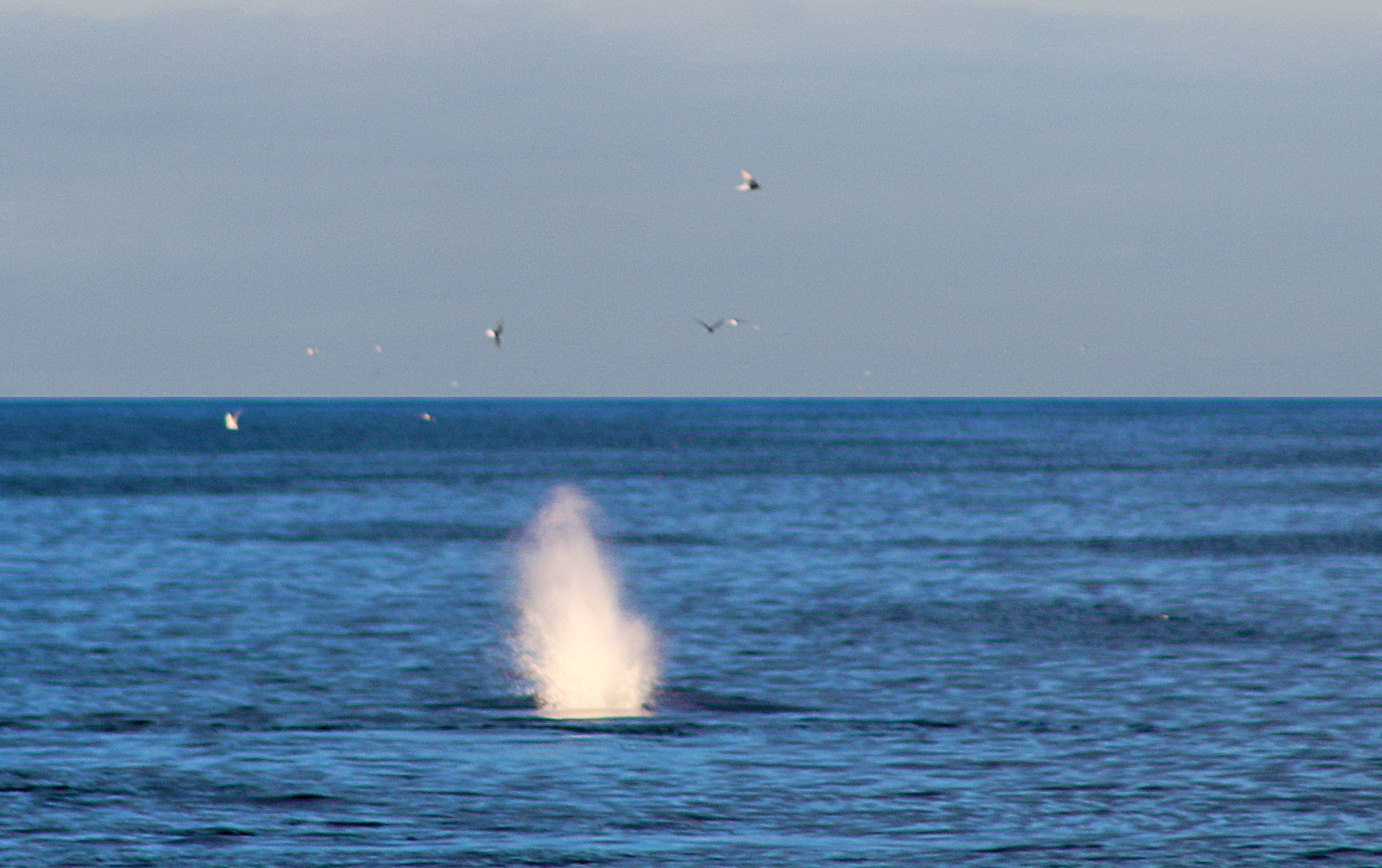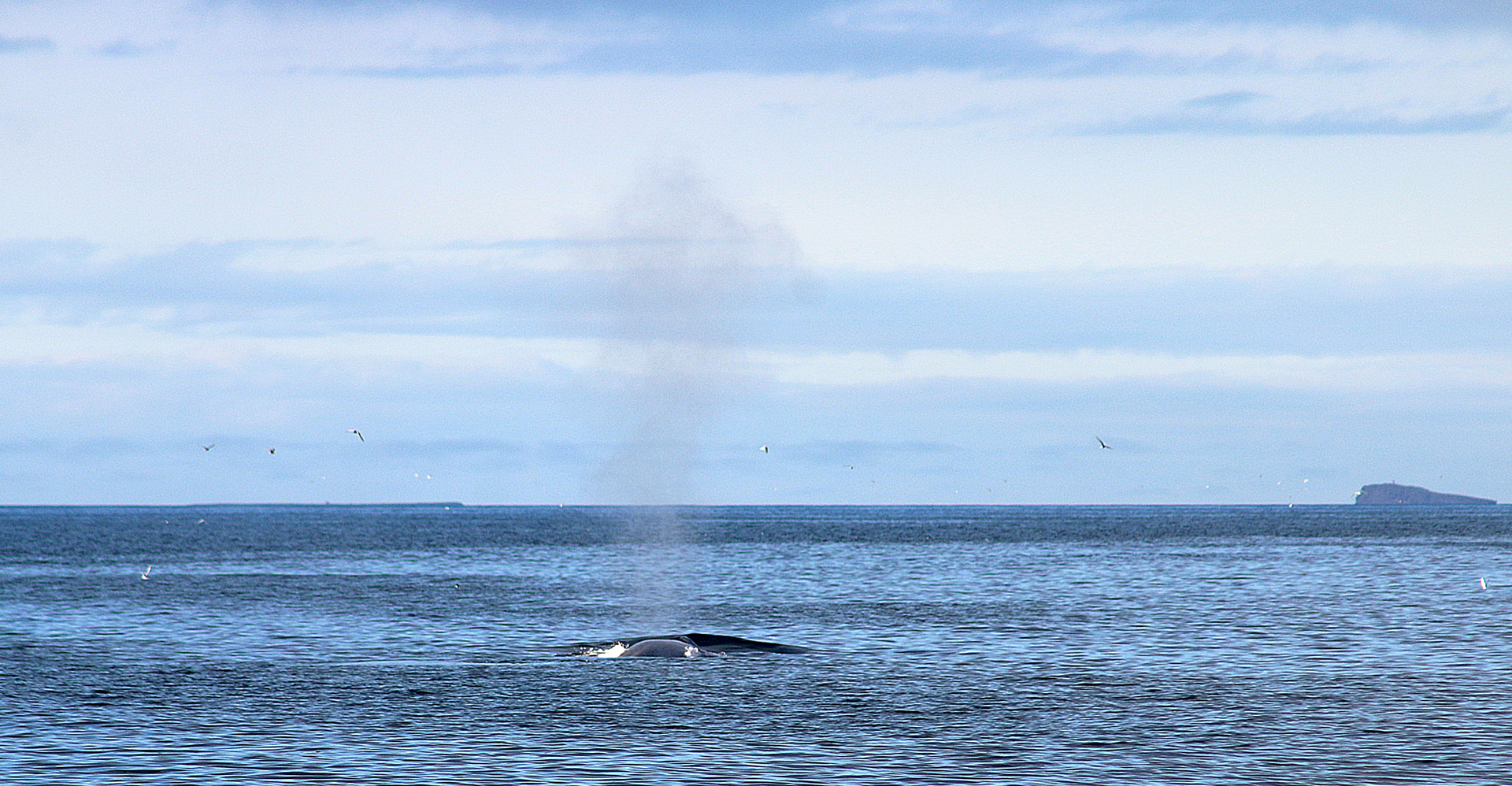Note: This article pertaining to A BLUE Whale?!? Live? In Iceland? Yes. Watch the Video. was originally published on Sunday, August 8, 2021 at 8:27 in the evening and has been updated.
As the vessel called Náttfari left the dock from the town of Húsavík onto uncharacteristically calm seas off the northern coast of Iceland with merely a breeze instead of ferociously gusty winds, one person said repeatedly to his father that he was hoping to see a blue whale on this trip: “Dad, I really hope I see a blue whale.”
A BLUE Whale?!? Live? In Iceland? Yes. Watch the Video.
The father was not so optimistic; but his son was too excited to relent. The father finally turned to the male guide — who is possibly originally from New Zealand — and asked, “Excuse me — my son wants to know what are the chances we will see a blue whale on this trip.”
“A BLUE whale?!?” he exclaimed as his eyes noticeably widened. He thought for a moment; and then said, “I’m not really sure about the chances of seeing a blue whale; but the chances of seeing a whale in general on this tour are pretty high.”
Not long after departing from Húsavík and passing Puffin Island — which is the home of sea birds called puffins — off in the distance, at least three white beaked dolphins were spotted frolicking in the water.

Suddenly, one of the researchers spotted water spouting from the sea off in the distance. “I think we spotted our first whale”, the female guide from Germany announced.
As the vessel was heading towards the direction where the spout was spotted, the guide said that a ship nearby spotted a blue whale and that “we are trying to confirm that information.”
As the boat got closer, it suddenly lunged full speed ahead with the engine at maximum power, going as fast as it could go. “Ladies and gentlemen, off in the distance is the largest animal that’s ever lived on Earth,” she said excitedly. “We just spotted a blue whale!!!”

The few vessels which were in the area — remember, this was in the evening and most of the other whale watching tour companies had already concluded the last excursions of the day — raced as fast as they could to the site where the blue whale was potentially sighted; and the dolphins appeared to join in on the chase, as the splash in the water in the above photograph shows.
Father and son looked at each other incredulously as everyone’s jaws seemed to drop at that moment. Nobody could believe that we were on our way to see a blue whale in person. The male guide — who was only with the company as an employee for a few days at that time — looked at the father and his son in utter disbelief, his arms outstretched in the “I cannot believe this” position. He was perplexed and absolutely speechless.

Only a small part of the blue whale — which can weigh as much as 150 tons and be as long as 110 feet — would surface; but look at the size of it as compared to one of those small boats shown in the photograph above.

The blue whale surfaced only a few times during the minimum of 20 minutes that it had been tracked; and it took as long as ten minutes between surfacing and spouting water at least 30 feet in the air. The four researchers were continuously taking pictures with their cameras and expensive huge telephoto lenses of the enormous yet fascinating mammal.

Blue whales are incredibly difficult to photograph for two reasons: first, their sheer size and weight means that they cannot simply just jump out of the water like many other sea mammals and fish, so only a small portion of the blue whale can be photographed; and also, exactly where a blue whale will surface is extraordinarily unpredictable due to their lack of reliability in their “scheduling” of surfacing…

…and since they can travel underwater at speeds of up to 20 miles per hour, an interval of ten minutes between surfacing could mean that the spouts from their blowholes could occur as far as 3.3 miles apart.
The spouts are part of the breathing cycle for a blue whale, which can replace as much as 90 percent of the air that is contained within its lungs — whereas human beings only replace up to 15 percent of the air which is contained within their lungs. The blue whale expels air from its lungs through its blowhole — which is essentially the nose of a blue whale — at recorded speeds of up to 720 kilometers per hour, or greater than 447 miles per hour.
The spout of air can be as hot as 37 degrees Celsius or 98.6 degrees Fahrenheit, which is considered the normal temperature of the human body, as both human beings and blue whales are mammals. Upon contact with the colder air outside, it then condenses and forms a temporary cloud of water vapor and oil droplets from the upper respiratory tracts of the blue whale.
“Of all the days I left my camera home,” the female guide lamented during an announcement to the passengers. “I usually see the same thing every time, so I usually leave my camera home.” She later said that “You know it is a good tour when all of the researchers are taking photos as well.”
Here is a video of the sightings of the blue whale as shot by both Brian Cohen and Matthew Cohen — with the admittedly poorer quality of portions of the video shot by Brian Cohen:
Final Boarding Call
Remember the father and his son who were mentioned in this article? That was me with Matthew, who kept hoping aloud that he would see a blue whale live. Little did he know that the first live whale he would ever see outside of an aquarium would be a blue whale. Then again, he has also traveled as a passenger on Concorde and witnessed a complete total eclipse of the sun in Chile.
When the female guide announced towards the end of the excursion that “This was definitely not the average whale watching tour. We saw so many things on this tour that I don’t want to hear any complaints”, Matthew wanted to respond, “I didn’t see any puffins!” half jokingly, as at that point during our visit to Iceland, he had not seen any puffins…
…not yet, anyway.
The following list comprises of links to the other three articles pertaining to this particular whale watching tour:
- Húsavík: The Whale Capital of Iceland
- Whale Watching Out on Skjálfandi Bay in Iceland
- Whale Watching Adventure in Iceland: The Conclusion To a Successful Outing
All photographs ©2018 by Brian Cohen.
This article is part of a series of articles by Brian Cohen pertaining to experiencing Iceland in eleven days. Please refer to the Iceland: Itinerary and Master Guide for links to additional articles which have been completed in this series.

